Insects come in all shapes and sizes, but some truly stand out for their massive proportions. From towering beetles to enormous butterflies, these insects are not only impressive in size but also play important roles in their ecosystems. Let’s take a look at some of the biggest insects in the world and learn what makes each one unique.
Tarantula Hawk Wasp (Pepsis grossa)
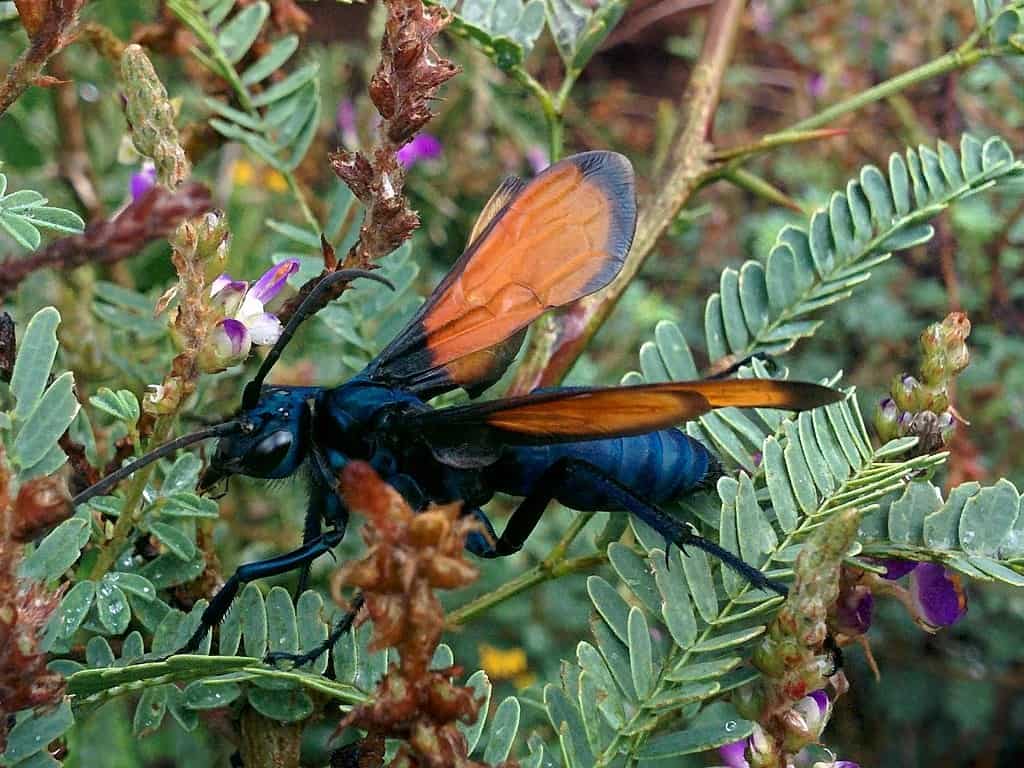
The tarantula hawk wasp, known for its formidable size and hunting prowess, can grow up to 2 inches long. Found in deserts and tropical regions worldwide, it preys on tarantulas, paralyzing them with a sting and laying its eggs inside the spider’s body. While its sting is extremely painful to humans, it is not life-threatening. It has one of the most painful insect stings in the world, ranking high on the Schmidt Sting Pain Index. Its sting is said to cause intense, short-lived pain, but the effects subside within a few minutes. They primarily feed on nectar from flowers and are essential pollinators in their ecosystems. Their glossy blue-black bodies and bright orange wings make them easy to identify. They are solitary creatures, with females doing most of the hunting and egg-laying.
Giant Burrowing Cockroach (Macropanesthia rhinoceros)
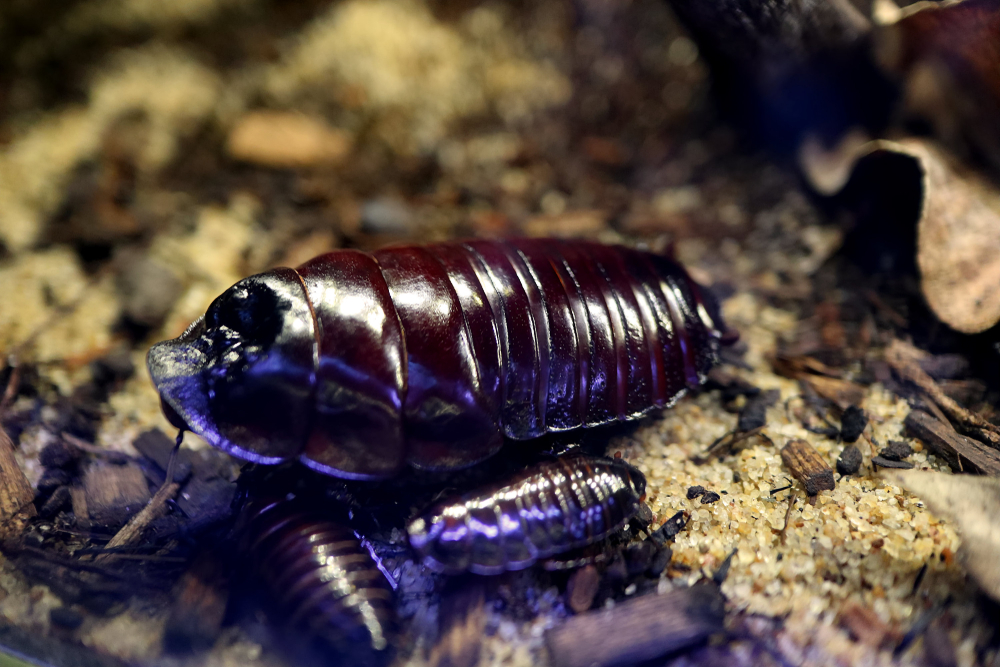
The giant burrowing cockroach, native to Australia, is the largest species of cockroach in the world, measuring up to 3.3 inches in length and weighing over 1 ounce. Unlike most cockroaches, this species is not considered a pest and lives in burrows it digs in sandy soils. They are herbivorous, feeding on fallen leaves and other organic material, which they help break down, contributing to soil health. They can live for up to 10 years, making them one of the longest-living insects. Despite their intimidating size, they are docile and often kept as pets in Australia. They play a vital role in nutrient cycling within their habitat, ensuring the decomposition of organic matter. Female giant burrowing cockroaches give birth to live young, a rarity among insects. They are also known to form small family units, with offspring staying close to their mother after birth.
Giant Weta (Deinacrida heteracantha)
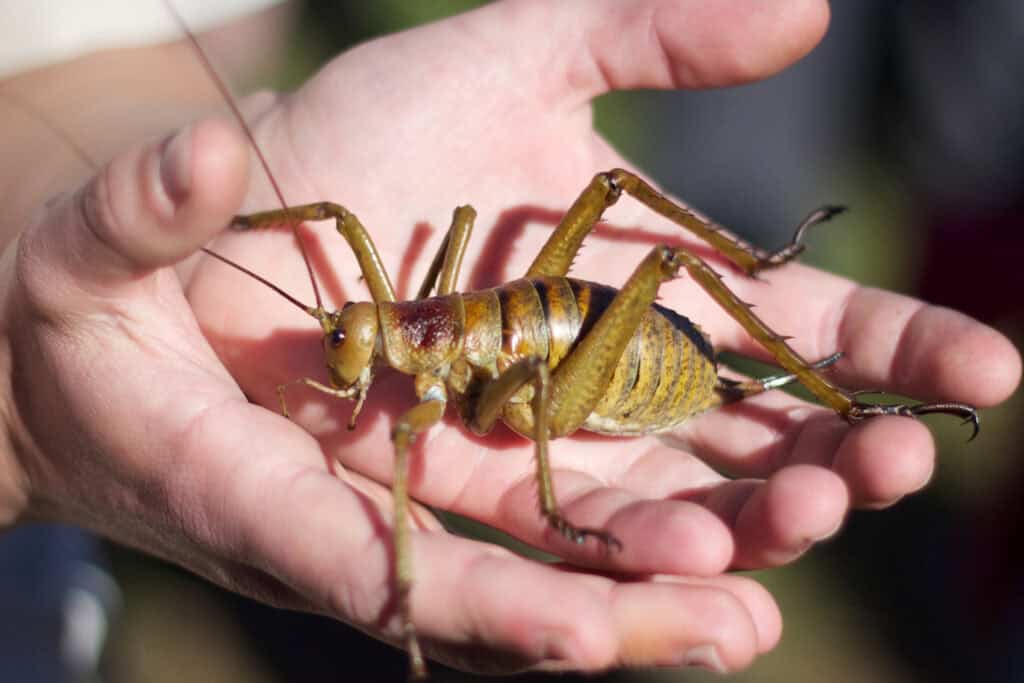
The giant weta is a cricket-like insect found in New Zealand, known for its incredible size. Weighing up to 2.5 ounces, it can sometimes be heavier than a sparrow. These insects measure around 4 inches in length and are considered one of the world’s largest insects by mass. The heaviest one ever recorded weighed 2.8 ounces, surpassing the average weight for the species. Unlike many other insects, they are flightless and move slowly due to their bulk. They are herbivorous, feeding primarily on leaves, but they also consume fruits and seeds. They prefer to live in forests and scrublands, hiding during the day and coming out at night to forage. Their size has made them vulnerable to predators, and they are considered endangered. Conservation efforts have been underway to protect giant wetas, including predator control programs.
Goliath Beetle (Goliathus goliatus)
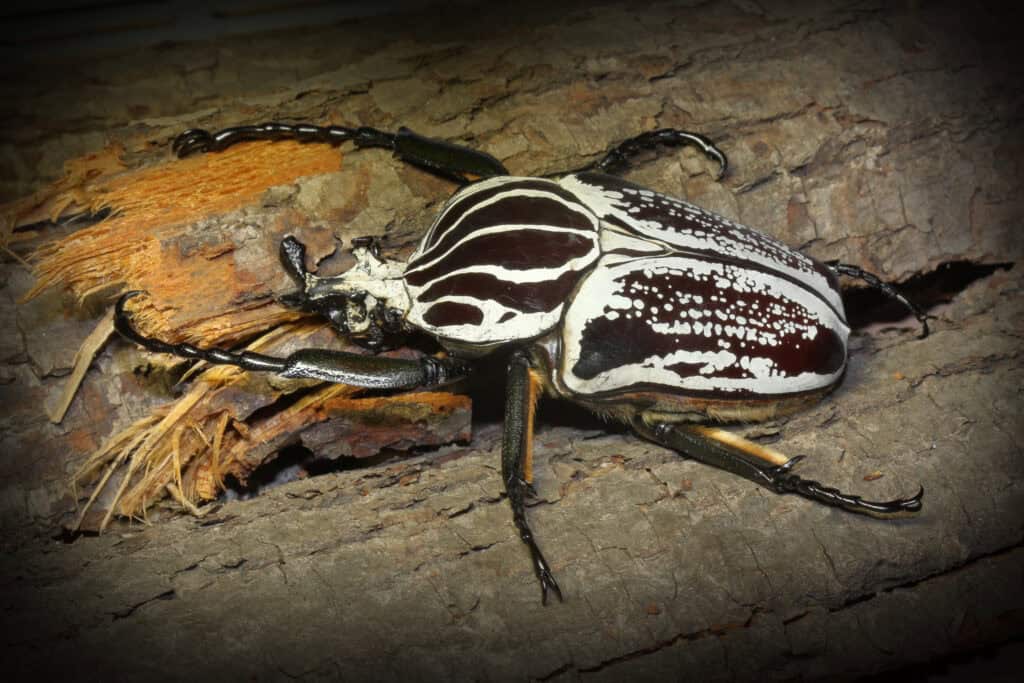
Goliath beetles, native to African tropical forests, are among the heaviest insects in the world. They can weigh up to 3.5 ounces, and the males typically grow between 2.1 to 4.3 inches long. Known for their striking black, white, and brown coloring, they feed on tree sap and fruit. Their strong legs are equipped with sharp claws, which allow them to cling to tree bark while they search for food. Despite their intimidating size, they pose no threat to humans. They are capable of flight, though their heavy bodies make it an arduous task. They are also a popular species among insect collectors due to their impressive size and appearance. Male Goliath beetles use their horns to wrestle for mates, similar to how some mammals fight. Their larvae can grow up to 4.9 inches long and weigh as much as 3.5 ounces.
Giant Long-Legged Katydid (Macrolyristes corporalis)
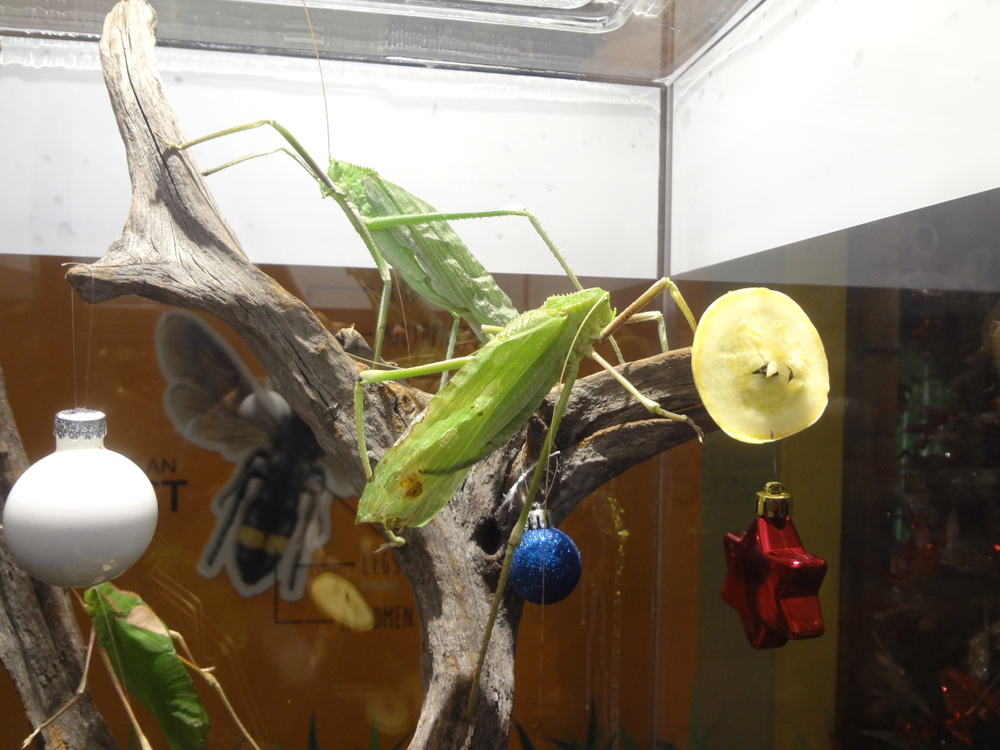
The giant long-legged katydid, found in Southeast Asia, is one of the largest species of katydid, reaching lengths of up to 5 inches. This insect is well-known for its long, slender legs, which help it blend into its surroundings, mimicking the appearance of leaves and twigs. Their wings are almost as long as its body, and they vibrate rapidly to produce a chirping sound. Despite its size, it is a master of camouflage and is difficult to spot in the wild. They are primarily herbivorous but occasionally consume small insects. Their large size and nocturnal habits make them effective climbers, able to navigate the dense foliage of rainforests with ease. Male katydids are also known for their loud, distinctive calls, which they use to attract mates. Females lay their eggs on plant stems, ensuring their offspring have immediate access to food.
Queen Alexandra’s Birdwing (Ornithoptera alexandrae)
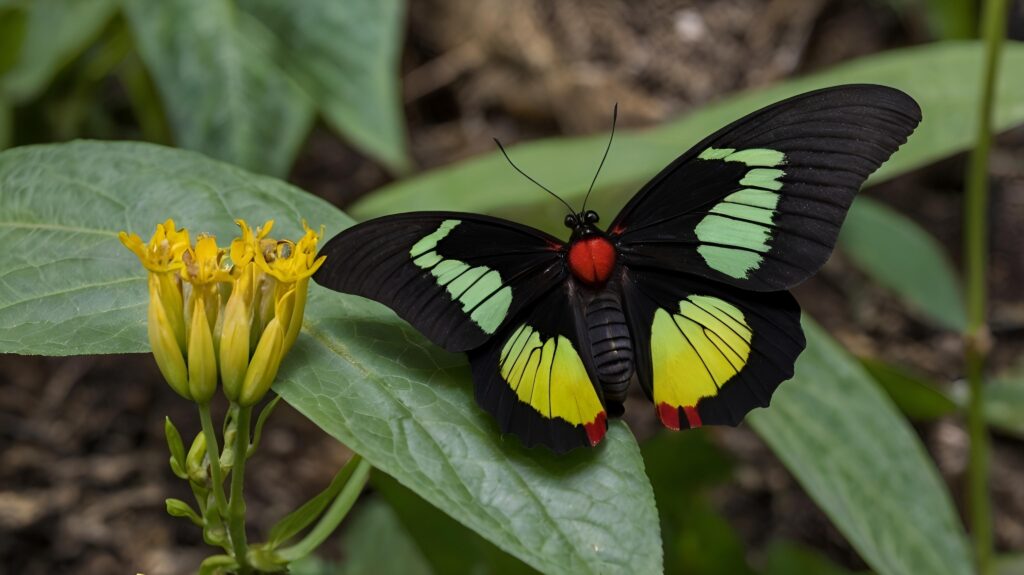
Queen Alexandra’s birdwing, the largest butterfly in the world, can have a wingspan of up to 11 inches. Native to the rainforests of Papua New Guinea, they are known for their vibrant green and yellow coloring. The females are generally larger and less colorful than males, which are more brightly patterned. It was first discovered in 1906 and named after Queen Alexandra of Denmark. Their wings produce a fluttering sound in flight, which is louder than that of most butterflies. Their larvae feed on toxic pipevine plants, making the adult butterflies poisonous to potential predators. As adults, they feed primarily on nectar and are essential pollinators in their ecosystem. They are critically endangered due to habitat loss and over-collection by insect traders. These butterflies are highly sought after by collectors due to their size and beauty.
Atlas Moth (Attacus atlas)
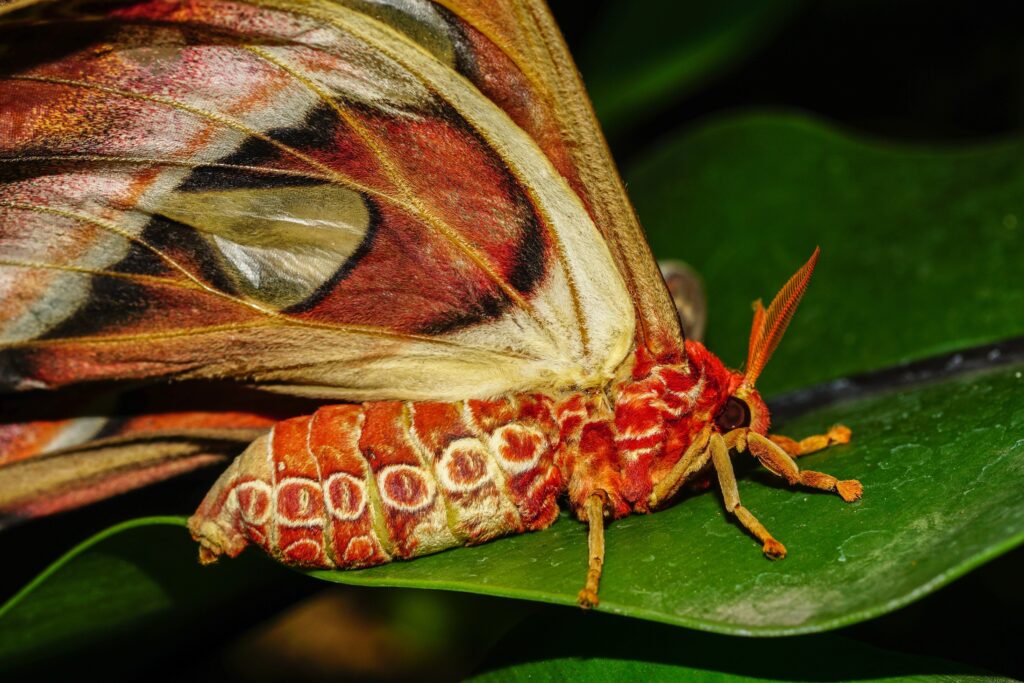
The Atlas moth, with a wingspan of up to 12 inches, is considered one of the largest moths in the world. Found in Southeast Asia, it is easily recognizable by its rusty brown wings with intricate patterns resembling snake heads. They are also notable for their distinct wing shapes, which some believe resemble snake heads to ward off predators. Despite their size, adult Atlas moths do not have functional mouths and live solely off fat stores accumulated during their larval stage. They typically live for only a week, focusing their brief life on reproduction. The caterpillars, on the other hand, are voracious eaters, consuming large amounts of leaves before undergoing metamorphosis. They are nocturnal, and their large wings allow them to glide silently through the air at night. Their natural camouflage helps protect them from predators like birds and bats. Their cocoons are used in some regions to make silk, known as “fagara silk.”
Titan Beetle (Titanus giganteus)
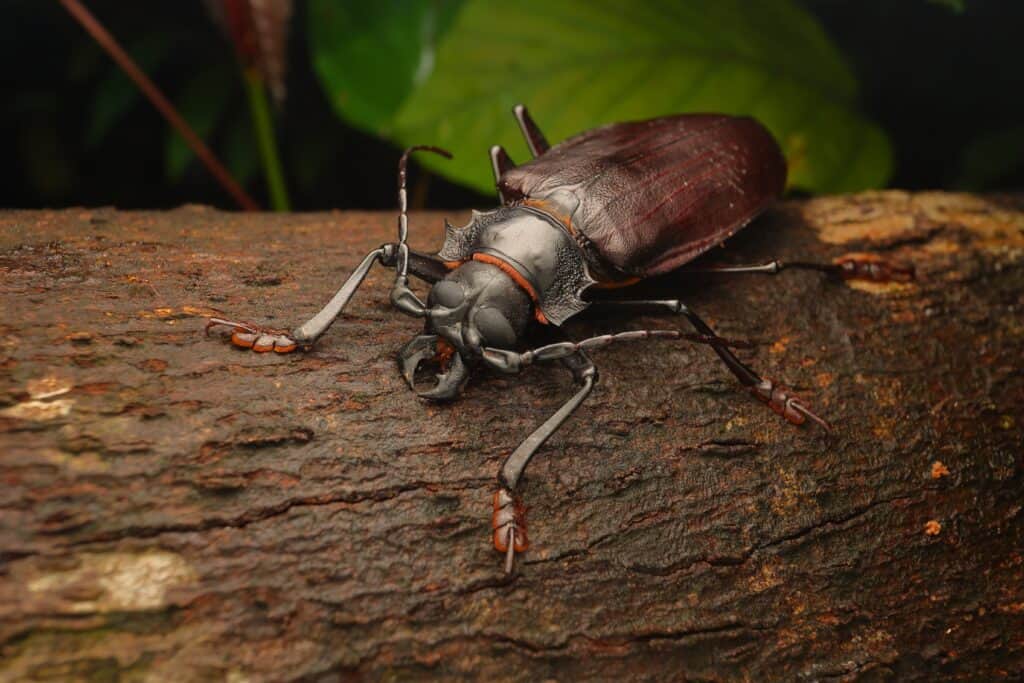
The Titan beetle, one of the largest beetles in the world, can grow up to 6.6 inches in length. Native to the rainforests of South America, its mandibles are so powerful they can snap pencils in half. Despite its massive size, it is surprisingly elusive and rarely seen, often evading predators through flight. Their larvae can likely reach over a foot in length, though their exact development is still a mystery. It is not considered dangerous to humans but should be handled with caution due to its powerful bite. They are nocturnal, primarily emerging at night to search for food and mates. They are also often found around decaying wood, which may serve as a habitat for their larvae. Researchers suspect they can live for several years before maturing into adults.
Macrodontia Cervicornis (Macrodontia cervicornis)
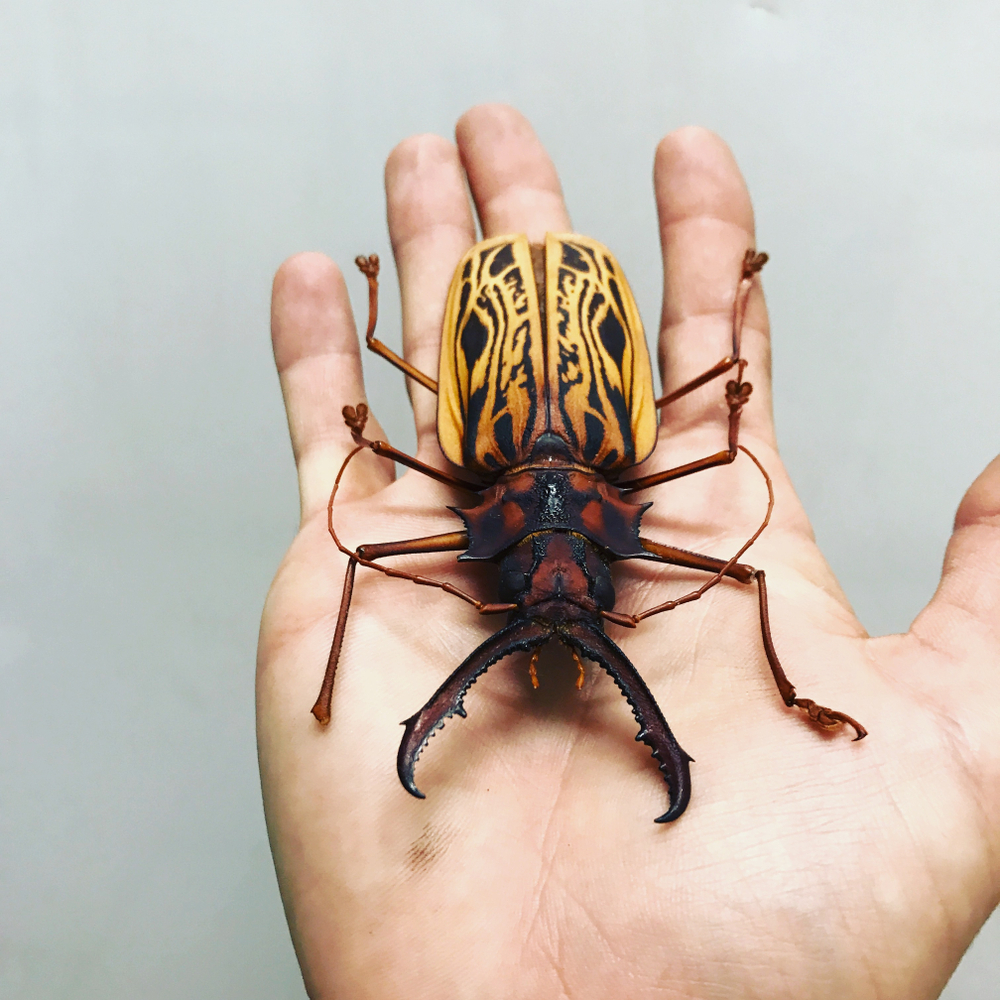
Macrodontia cervicornis, also known as the “saber-toothed longhorn beetle,” can reach lengths of up to 7 inches, making it one of the longest beetles in the world. Found in the rainforests of Central and South America, it is known for its extremely long, curved mandibles, which resemble tusks. These mandibles are not used for hunting but are primarily a defense mechanism against predators and can account for up to one-third of its total body length. The larvae of Macrodontia cervicornis are believed to live in decaying wood, although little is known about their early life stages. Adult beetles are mainly nocturnal and are drawn to lights at night. Despite their size and fearsome appearance, they pose no threat to humans and are relatively docile when handled.
Hercules Beetle (Dynastes hercules)
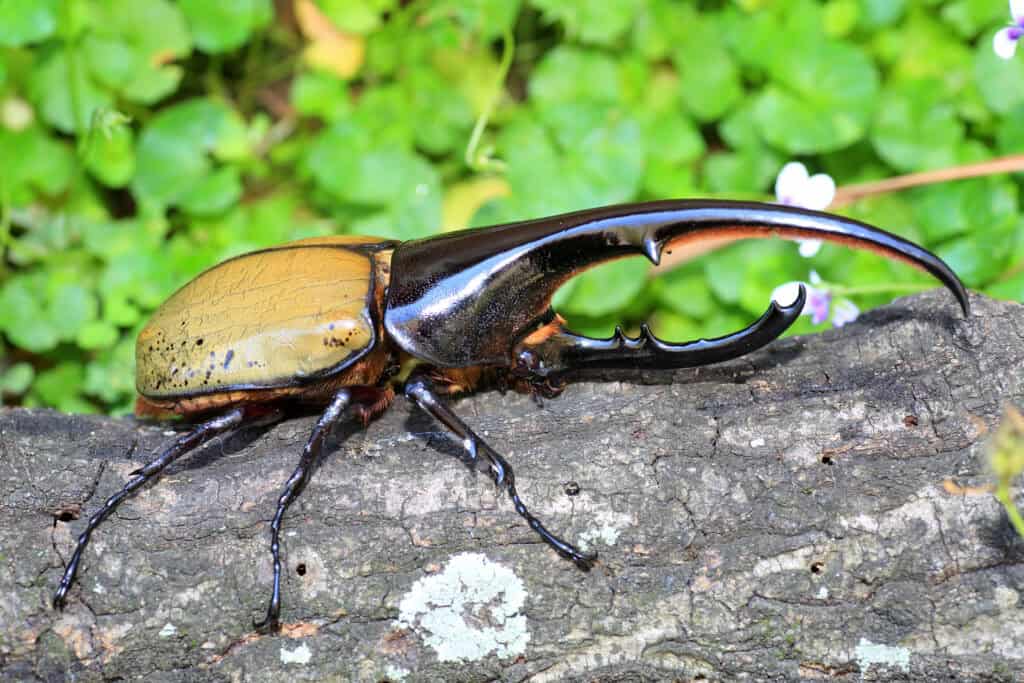
The Hercules beetle, one of the strongest insects relative to its size, can grow up to 7 inches in length, making it one of the longest beetles. It can also carry up to 850 times its body weight, making it one of the strongest creatures on Earth. Native to the rainforests of Central and South America, male Hercules beetles are easily identified by the large horn on their heads. This horn is used in combat with other males during mating competitions. Its coloration varies, with its exoskeleton changing from olive green to black depending on humidity levels. They are nocturnal and feed on decaying plant matter, playing an important role in forest ecosystems. Their larvae can take up to two years to fully develop before they become adult beetles. Despite their fearsome appearance, they are not aggressive toward humans.
This article originally appeared on Rarest.org.
More from Rarest.org
15 Endangered Rainforest Creatures Struggling to Survive
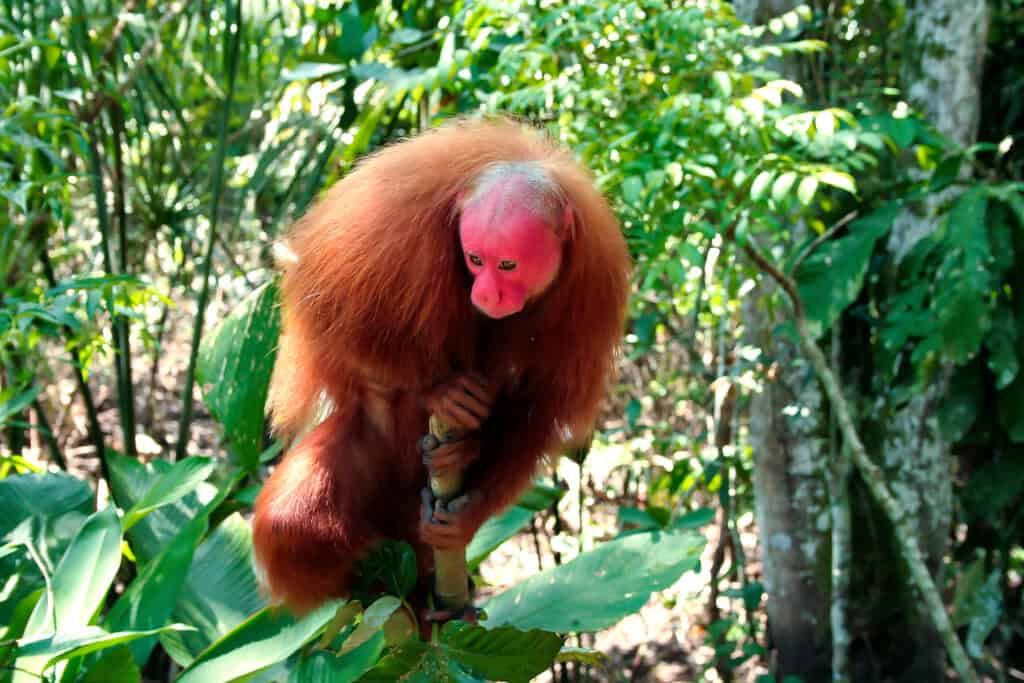
Rainforests are home to some of the most unique and endangered species on Earth, but many of these creatures are struggling to survive due to habitat destruction, illegal hunting, and climate change. As deforestation continues to accelerate, countless species are losing their homes and access to vital resources, pushing them closer to extinction. Read More.
15 Rare Butterfly Species That Migrate Across Continents

Butterfly migration is one of nature’s most extraordinary phenomena, with some species traveling thousands of miles across continents to find suitable climates and food sources. These journeys are vital for their survival, helping them escape harsh weather conditions and reach breeding grounds. Read More.
11 Discontinued Toys from the `80s and `90s That Now Fetch High Prices

The toys from the ’80s and ’90s hold a special place in the hearts of collectors today. These iconic items, once seen in every household, have now become highly sought after due to their rarity and nostalgic appeal. Read More.
